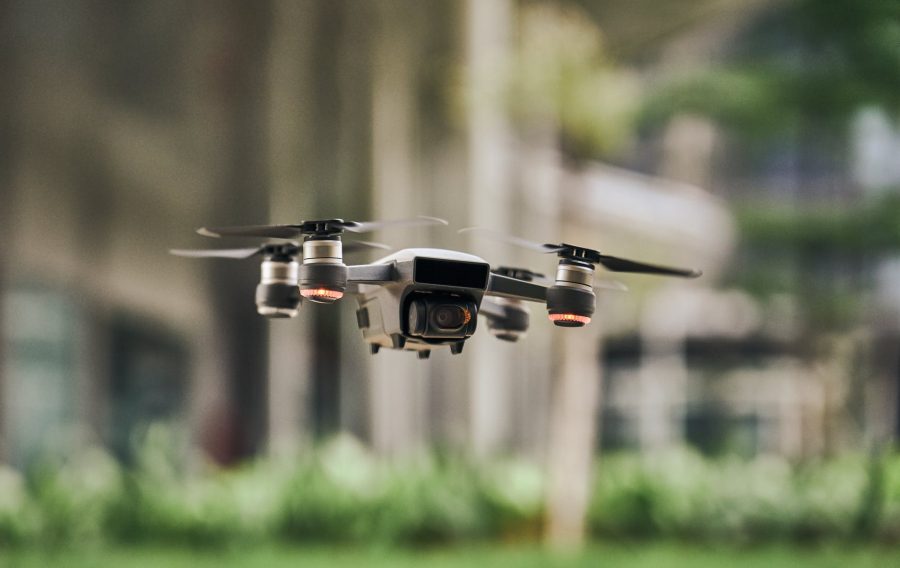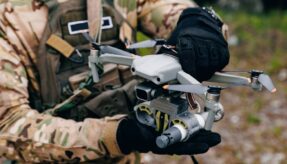
A government case study has examined the uptake of decommissioning drones by the NDA.
The use of decommissioning drones to examine nuclear infrastructure is the subject of a new government case study. The NDA (Nuclear Decommissioning Authority) has been using Unmanned Aerial Vehicles (UAVs) to analyse nuclear sites.
The government describes drones as providing safer, faster and potentially cheaper access to external and internal spaces for a wide range of functions. These include building inspections, radiation monitoring, photography, security.
Across the NDA group, a variety of different drones have been flown to carry out a range of different tasks. They have inspected pipelines, tall chimneys, roofs and radioactive facilities.
They have collected high-quality visual images, measured the temperature of vessels, found areas of radioactivity and accurately mapped legacy facilities. The information has eliminated working at heights and radiation dose to operators.
Production of the report brought together users to share their experience, hear about the latest developments in technology and legislation and identify further opportunities for the use of drones. The final report has also been used to highlight the use of drones to the wider NDA group.
Future research will push the boundaries still further, driving down costs and extending the length and complexity of the flights they can undertake. For nuclear decommissioning, such versatility offers enormous potential to save time and costs associated with inspecting the facilities across NDA sites.
Compared to traditional manual methods, there have been savings in both time and money. This case study is part of the Direct Research Portfolio Report 2018 to 2019.
If you would like to join our community and read more articles like this then please click here.








